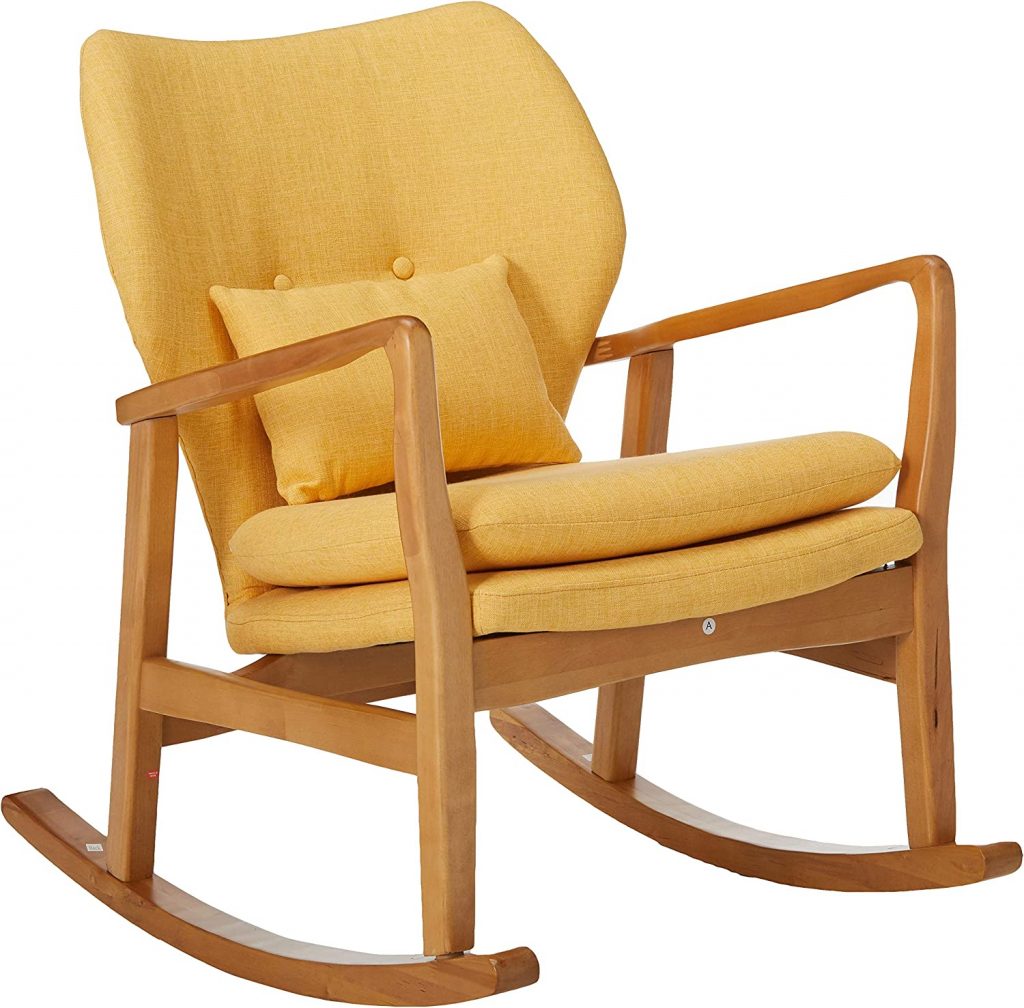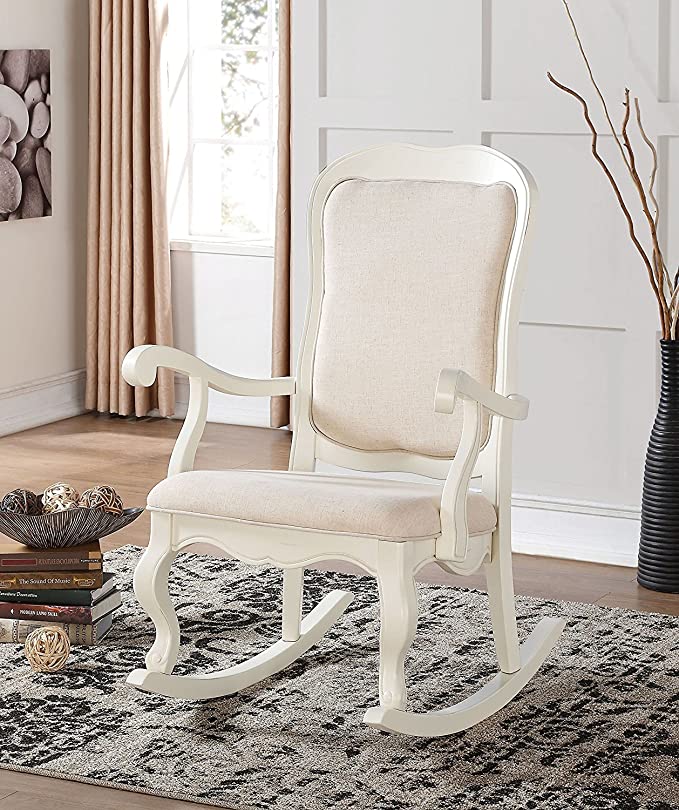In many homes, it’s common to find a rocking chair in a pronounced corner of the sitting room. Sometimes, the user would have it in their bedroom or study. Rocking chairs are common among older people and have an age-long tradition, dating back hundreds of years. There’s still the belief among many that the rocking chairs made before the 20th century are still the best in the world. Consider this, how would it feel to even imagine that the English rocking chair in your home may have been used by William Shakespeare in the 16th century or even one of your favourite inventors?
How to tell if my rocking chair is an antique?
For some reason, antique rocking chairs resurfaced in recent years and have become a top choice in many households. Some people love them for their design and texture, while others love the sophistication, materials used and the finish. Personally, I think there’s a spiritual satisfaction derived from delving into the world of antiquity. It’s a feeling of value, luxury and rich tradition. For all the desire, it is sometimes difficult to tell if your rocking chair is an antique.
In modern times, many rocking chair manufacturers have also adopted antique designs in a bid to attract patronage. Nonetheless, there are certain things you should look out for to be sure what you have is an antique rocking chair. We are going to reveal the question in your mind “how to tell if my rocking chair is an antique?” So stay tuned.
Look out for markers
More often than not, a rocking chair would have a manufacturer’s mark that tells you who produced it, where it was produced and most importantly (in this case) when it was produced. You should look out for a label pasted on the chair with information written with a pen. Some other times, it could be a stamped mark. Although more manufacturers adopted the practice of adding a mark to their designs in the 18th century, you should still find some form of identity on chairs made before that time. By finding out the date of production, you can tell how old the chair is.
You should check the back of the chair, behind the spindle or under the seat for such marks. If it is a label or tag, there’s a possibility it might have fallen off over time. Stamps or seals will generally last longer. If you don’t find any mark, it is possible none was added in the first place or it has fallen off somewhere. You can then explore other ways to tell if your rocking chair is an antique.
Read More: Best Rocking Chairs For Nursery
Study the materials and finish
The materials used throughout as well as the type of finish can be other indications to how old your rocking chair is. Most antique rocking chairs are made of wood, as it was the most available material at the time. But it’s not just the fact that the chair is made of wood (even many new rocking chairs are made of wood), the type of wood is the major indicator. For instance, compare the type of wood used to the period when such wood became the trend for furniture and construction. Let’s see some clues.
If it is made of mahogany, then the mid 18th century is your best bet because that was when Mahogany became a popular choice. Just before that, Walnut was the trend in Europe beginning in the late 17th century. But one common wood type that was popular between the 1500s and the 1800s was Oak. It is an American hardwood that dominated the scene at the time and many rocking chair manufacturers used it extensively. Other antique wood types include Birch and Maple.

Apart from wood type, the type of nails (and inscription, if any) which should be square-shaped and imperfect; the finish which should be Shellac (popular before 1850), Lacquer and Varnish (available post 1850), wax, milk or oil; and imperfections in the arm rests sizes, the use of pegs and glues and a rough appearance are all credible indications of an old rocking chair. If you find screws on the chair, you should know it was made after 1800 because screws didn’t exist before then. As for upholstery, wool moreen, leather and silk damask were the most popular before 1850.
Read More: Best Portable Rocking Chairs
Production Style and Design
For what it’s worth, each manufacturer usually had their own unique style and identity. Antique rocking chairs consist of designs such as;
- Boston Rocker; usually a black scrolled seat, with the back spindled and the headpiece rolled – made of pine and oak with very flowery designs and popular between 1830 and 1890.
- Brentwood Rocker; another popular antique rocking chair, introduced between 1840 and 1860 and identified by its lightweight design, featuring cane seats and backs. Usually made of steamed beech wood forged into different swirls.
Read More: Does Rocking in a Rocking Chair Burn Calories
There are several other types that you can read up on to aid your antique wooden rocking chair identification. These include the Ladderback Rocker, Platform Rockers, Mission Style Rockers, Folding Rocking Chair, Pressed Back Rocker, Sewing Rocker and the Jenny Lind Children’s Rocker. All of these chairs were made in the 18th and 19th century and if you do find your rocking chair to be one of them, you should know you have an antique.

Price
This may seem far-fetched but can also give you a vague idea. You may ask; how much is an antique rocking chair worth? It is hard to find an antique rocking chair for less than $150. That price can rise to as high as $4,000 depending on the type, design, rareness and condition of the chair.
Read More: Best Folding Camping Rocking Chairs
Ask an expert
If you’ve tried the above tips and you still cannot tell if your rocking chair is an antique, you should talk to a professional. Antique rocking chair identification could prove to be really difficult, especially if it is not in so good condition with faded finish and no way to even tell what kind of wood was used. An expert opinion is your last bet.
